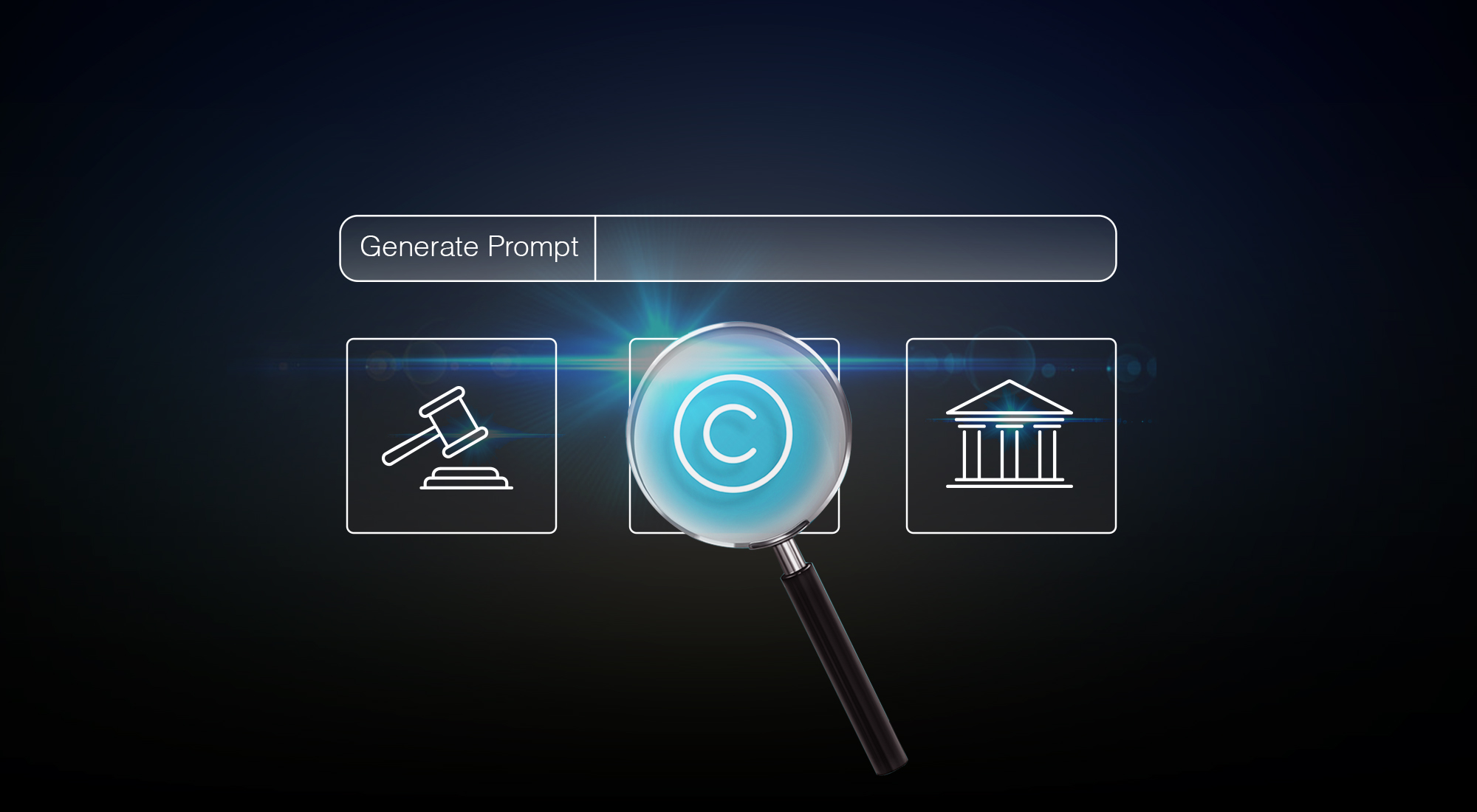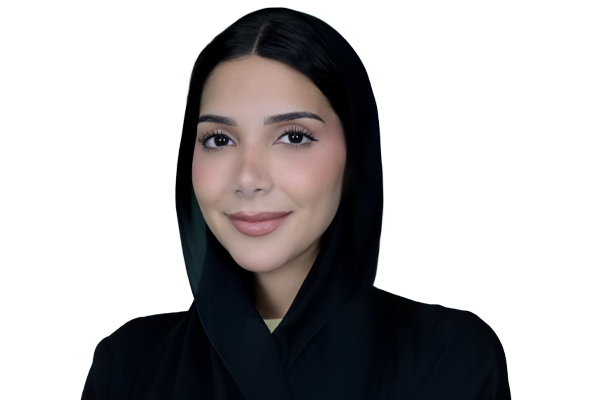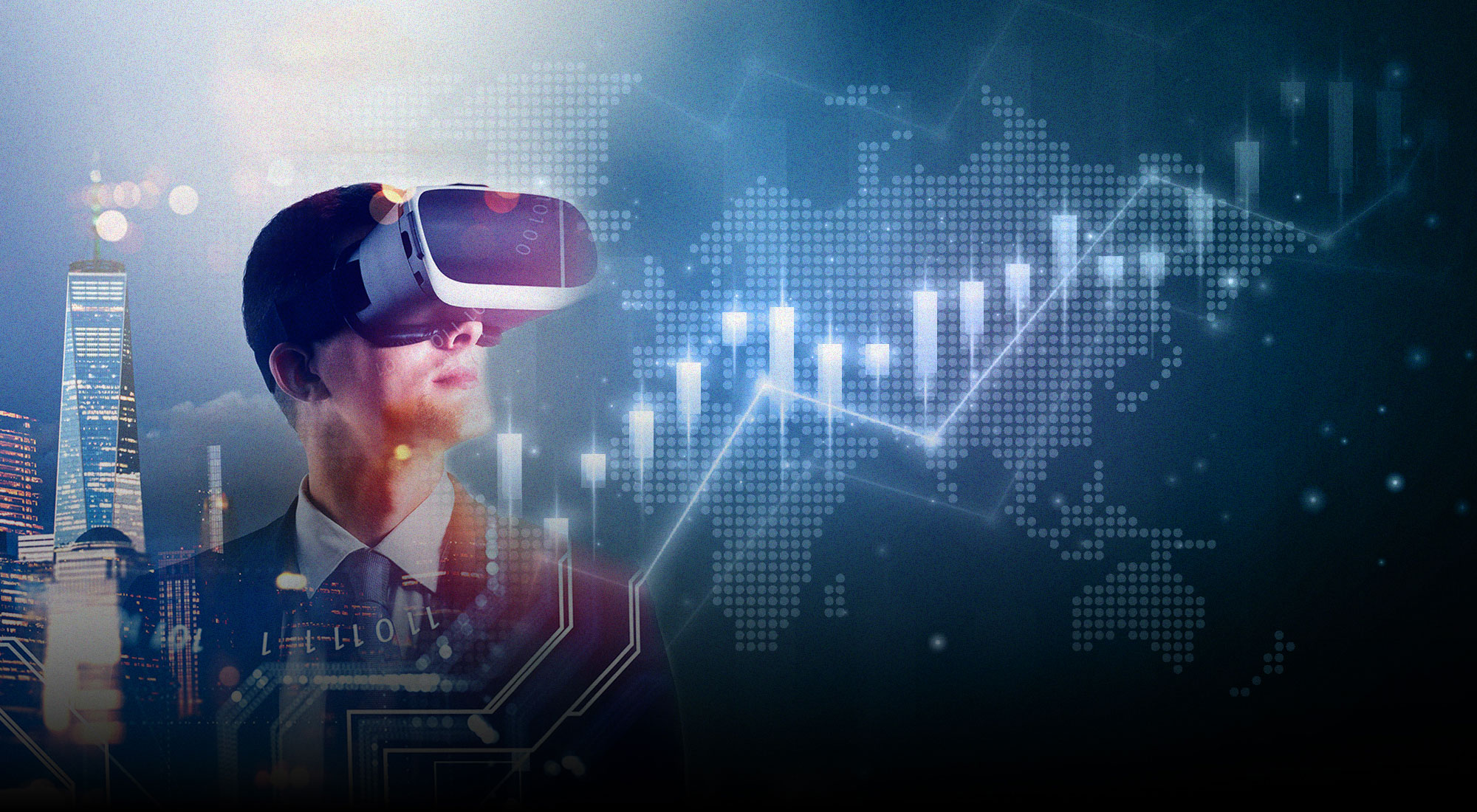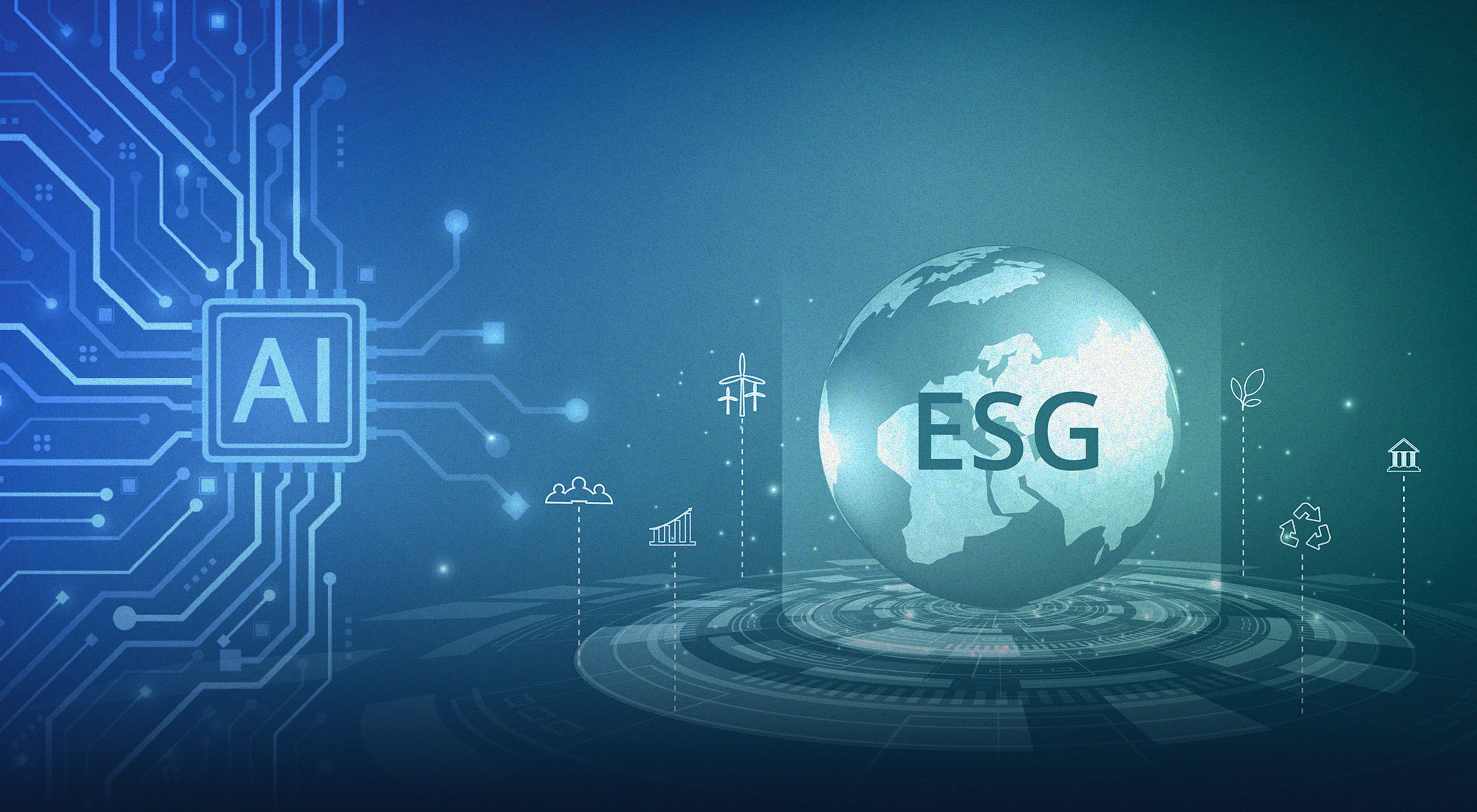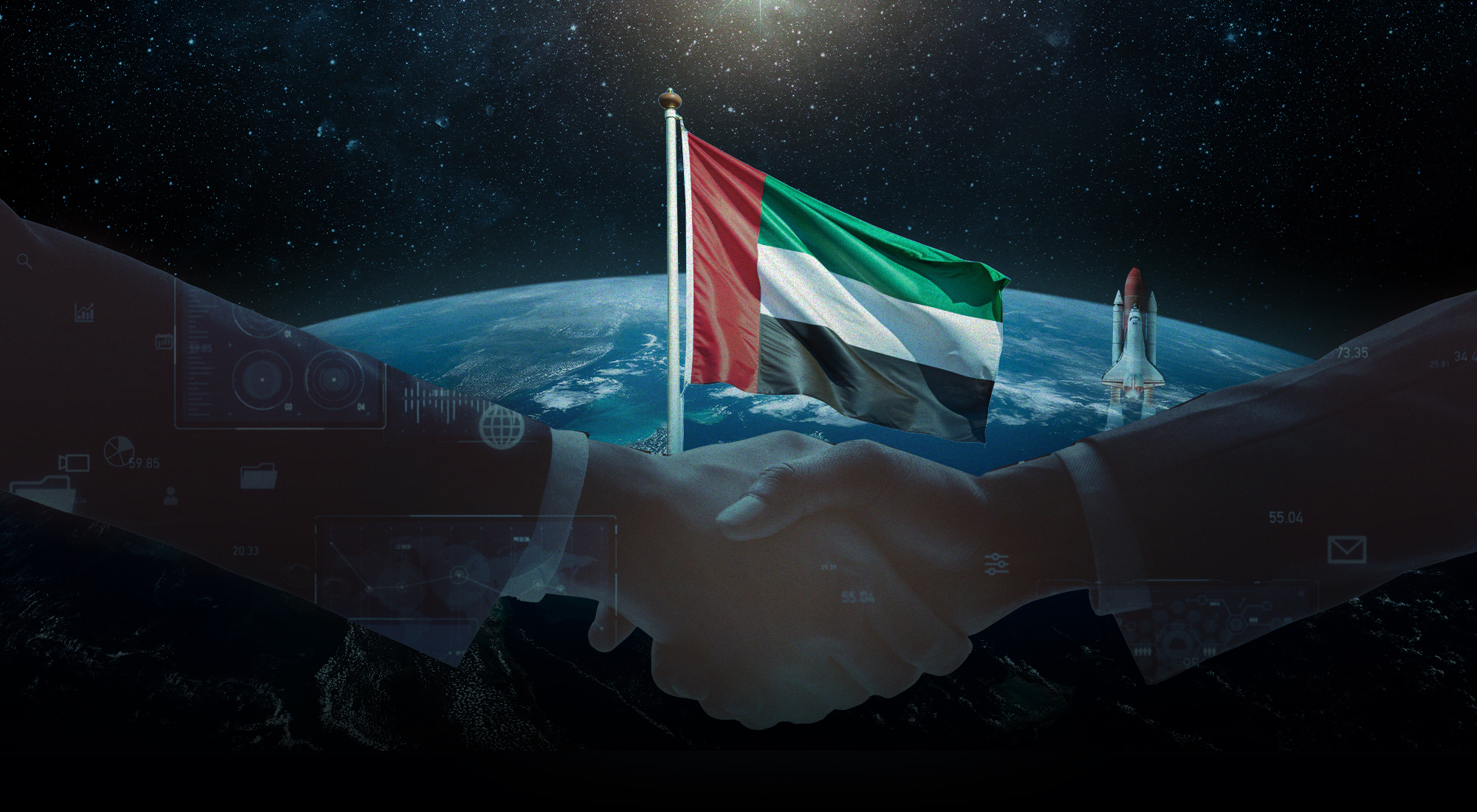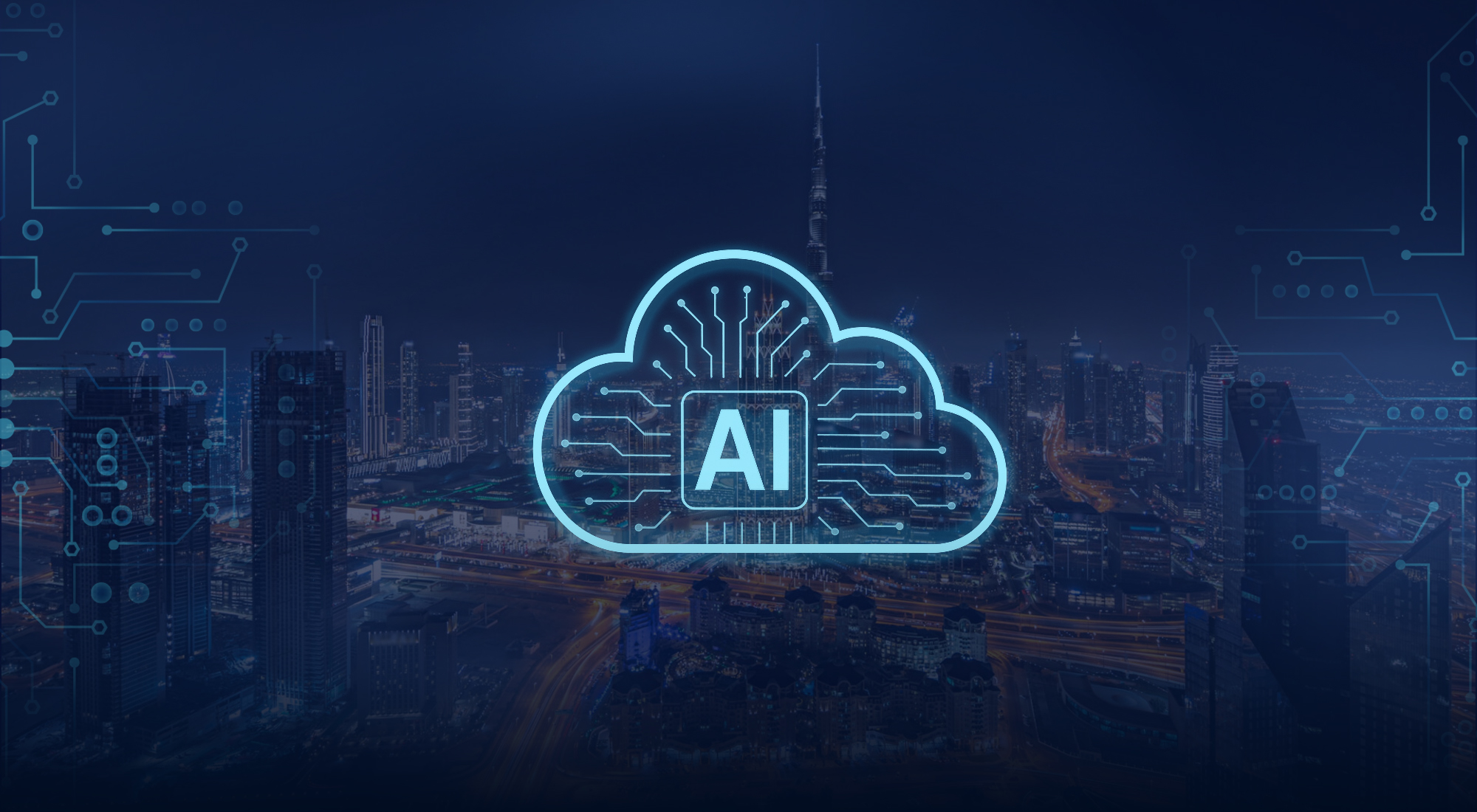The rapid advancement of artificial intelligence (AI) technologies has triggered a transformative shift in the realm of creative content generation, introducing a host of challenges that traditional copyright laws are poorly equipped to address. As AI-generated works proliferate across industries, fundamental questions about authorship, ownership, and protection within the framework of existing intellectual property laws have come to dominate legal discourse. The complexities of this issue lie in the tension between traditional copyright paradigms, which are rooted in human authorship, and the unique characteristics of synthetic content produced by AI systems.
Traditional copyright frameworks are being tested as creators, corporations, and technology developers find themselves embroiled in legal disputes over the rightful ownership of these digital creations. These disputes underscore a critical gap in the law: the lack of provisions to accommodate works created by non-human entities. As a result, courts and policymakers are increasingly confronted with the need to interpret and adapt intellectual property rights to account for the novel realities posed by AI-generated media.
This insight delves into this evolving legal landscape, analyzing key case studies that highlight the arguments presented by both sides of these disputes. It examines the challenges faced by creators and organizations seeking clarity in the ownership and monetization of AI-generated works. Furthermore, it explores how legal precedents and recent judicial interpretations are shaping the conversation around intellectual property rights in the AI era.
By exploring these developments, this analysis aims to shed light on the broader implications of AI on copyright law. The findings underscore the potential for significant reforms to existing legal standards, paving the way for a more inclusive and adaptive framework that can address the complexities of human and machine creativity. As the boundaries between human and AI-driven authorship continue to blur, this study emphasizes the urgency of re-evaluating traditional copyright laws to reflect the realities of a rapidly evolving technological landscape.
Challenges of AI-Generated Media to Traditional Copyright Laws
How do AI-generated works fit into existing copyright frameworks?
The integration of AI-generated works into existing copyright frameworks presents a complex challenge, as these frameworks traditionally prioritize human creativity and authorship. AI-generated content, such as text, often does not qualify for copyright protection under current law, which typically recognizes human creators as the owners of original works.[1] However, the landscape shifts when human intervention is significant, as the individual who contributes extra creative or original content to AI-generated text would typically own the copyright for the enhanced work.[2] This scenario underscores the importance of human involvement in the creative process, suggesting that copyright protection might extend to works where substantial human creativity is evident, even if AI played a significant role in their production.[3] As AI systems become more integral to creative processes, the copyright challenges they pose necessitate a re-evaluation of existing legal frameworks to ensure they can accommodate the evolving interplay between human creativity and machine assistance.[4] Such re-evaluation may involve adapting copyright laws to acknowledge the nuanced roles humans play in AI-assisted creations, ensuring that creators are appropriately recognized and compensated for their contributions.
What are the typical legal arguments against AI-generated content receiving copyright protection?
The debate over the copyright protection of AI-generated content is deeply rooted in the traditional principles of copyright law, which necessitate human authorship and creativity as prerequisites for eligibility. The absence of direct human involvement in the creation process of AI-generated works raises significant questions about their qualification for copyright protection.[5] Critics assert that AI-generated content lacks the requisite level of creativity or originality, as it is often derived from pre-existing data and algorithms, rather than embodying unique human expression.[6] Furthermore, the potential for an AI to produce vast quantities of similar works presents practical challenges in maintaining and enforcing copyright protections, as this could lead to an overwhelming number of claims and stifle human creativity.[7] Therefore, the current legal framework tends to exclude AI-generated works from copyright protection, emphasizing the need for comprehensive legal reform to accommodate the rapidly evolving technological landscape and ensure that human creativity remains at the core of intellectual property rights.[8]
How are current laws adapting to address AI’s role in content creation?
The adaptation of current laws to address AI’s role in content creation is fraught with complexities, primarily due to the inherent challenges in defining ownership and authorship of AI-generated works. Traditional copyright laws are structured around the notion of human authorship, which complicates the assignment of rights when content is autonomously produced by AI systems.[9] This paradigm presents a legal conundrum, as there is an ongoing inquiry about whether AI-generated creations can qualify for copyright protection and who should be considered the rightful owner of such works.[10] Some argue that the developers or owners of AI systems should be recognized as legitimate copyright holders, given their control over the AI’s outputs.[11] The convergence of AI technology and copyright law further intensifies these challenges, as it raises complex questions about authorship, ownership, and the protection of creative works.[12] Consequently, policymakers, legal experts, and stakeholders are urged to address these issues proactively to provide direction on copyright concerns, ensuring that the legal framework evolves in tandem with technological advancements.[13] By doing so, they can safeguard the interests of all parties involved and encourage continued innovation in the field.
Case Studies and Implications for Future Intellectual Property Rights
What are some notable cases of disputed ownership over AI-generated content?
The legal battle between Getty Images and Stability AI serves as one of the most prominent examples of disputed ownership over AI-generated content, highlighting the complexities and ambiguities surrounding copyright laws in the context of artificial intelligence. In this case, Getty Images accused Stability AI of using its copyrighted photographs to train AI models without obtaining the necessary permissions, raising significant concerns about the legality and ethics of using protected materials in AI training datasets.[14] This lawsuit underscores the urgent necessity for clearer and more comprehensive regulations that can adequately address these emerging challenges in intellectual property rights, as the current legal framework often struggles to keep pace with the rapid advancements in AI technology.[15] The implications of this case extend beyond the immediate parties involved, as it prompts a broader discussion about who holds the rights to AI-generated content—whether it be the developer of the AI system, the user, or potentially neither—particularly when the generated outputs closely imitate existing works.[16] Consequently, a concerted effort to establish more definitive legal guidelines and policies is essential to navigate the intricate landscape of AI-generated content and its ownership, ensuring fair and equitable treatment for all stakeholders involved.
How do these cases influence the interpretation of intellectual property rights?
The interpretation of intellectual property rights is profoundly influenced by the dynamic interplay between statutory provisions and common law jurisprudence, particularly as it pertains to the rapidly evolving landscape of technology and creativity.[17] Jurists often draw upon their understanding of common law principles, including tort law and equity, to navigate the complexities presented by cases involving new technologies and creative expressions.[18] This approach allows for a flexible legal framework that can adapt to the unique challenges posed by technological advancements, exemplifying how the judiciary has responded to the rapid changes in technology by significantly evolving the patent and copyright systems.[19] The evolution in interpretation is not solely a judicial activity; Congress also plays a pivotal role by enacting legislation that perpetuates the evolutionary trajectory of intellectual property law, thereby shaping how cases are interpreted.[20] This collaborative evolution between legislative intent and judicial interpretation ensures that intellectual property law remains responsive to both the diversification of creative activities and the continuous advancements in technology.[21] As a result, courts have developed critical doctrines that form the backbone of interpreting intellectual property rights, enabling a nuanced understanding that accommodates both traditional and modern contexts.[22] The ongoing evolution necessitates a careful balance between safeguarding creators’ rights and fostering innovation, highlighting the need for continuous adaptation and dialogue between legislative and judicial bodies.
What potential changes in intellectual property laws could arise from these disputes?
The ongoing disputes and potential changes in intellectual property laws could significantly impact how jurisdictions address the complexities of AI-generated works. As seen in the United States (U.S.), where the patent term was adjusted from 17 years from the grant date to 20 years from the initial filing date, jurisdictions might consider similar shifts in regulations to accommodate new technological advancements, such as AI.[23] Moreover, Japan’s move to expedite patent examination processes by reducing the examination period to 12 months underscores a trend towards more streamlined procedures, which could be crucial for adapting to the rapid pace of technological innovation, including AI development.[24] Additionally, the potential re-evaluation of Japan’s adherence to TRIPS Article 42 considering its constitutional requirements highlights the need for jurisdictions to balance transparency with the protection of confidential information, a concern that could be increasingly relevant as AI technologies handle sensitive data.[25] These examples illustrate the interconnectedness of intellectual property law reforms across different domains and emphasize the necessity for legal frameworks to evolve in response to emerging challenges presented by AI and other technological advancements. As countries navigate these changes, there is a critical need for international collaboration to ensure that intellectual property laws remain relevant and effective in protecting innovation while fostering global trade relations.
Conclusion
The evolving landscape of copyright law in response to AI-generated media presents a complex interplay of legal, ethical, and technological challenges that warrant thorough examination. As highlighted in the summary, traditional copyright frameworks are increasingly ill-equipped to address the nuances of authorship and ownership in works produced by AI. This raises critical questions about whether the creative contributions of AI can—and should—be recognized under existing legal statutes. The case between Getty Images and Stability AI serves as a pivotal example, illustrating the profound ambiguities that arise when AI systems utilize copyrighted materials for training. Such disputes emphasize the urgent need for legal reform that not only clarifies the status of AI-generated works but also preserves the foundational principle of human creativity at the heart of intellectual property rights.
Moreover, the discussion around attributing copyright to the developers or owners of AI technologies introduces a new dimension of accountability and ownership that could reshape the creative industry. As courts and legislative bodies navigate these uncharted waters, the need for international collaboration becomes paramount, particularly in the face of divergent legal interpretations and practices across jurisdictions. Future research should focus on developing frameworks that balance the protection of human creativity with the realities of AI innovation, potentially exploring models from other intellectual property domains or international agreements that could inform more cohesive and adaptive copyright regulations. Additionally, it is essential to consider the implications of these legal reforms on the broader economic landscape, including the rights of individual creators and the potential for monopolistic practices by large AI developers. By addressing these multifaceted issues, scholars can contribute to a more robust understanding of how intellectual property laws can evolve to meet the challenges presented by AI technologies, ensuring that they support innovation while safeguarding the rights of human creators.
[1] Nicola Lucchi, “ChatGPT: A Case Study on Copyright Challenges for Generative Artificial Intelligence Systems,” European Journal of Risk Regulation 15, no. 3 (2024), www.cambridge.org., retrieved January 6, 2025.
[2] Ibid.
[3] Ibid.
[4] Ibid.
[5] Hafiz Gaffar and Saleh Albarashdi, “Copyright Protection for AI-Generated Works: Exploring Originality and Ownership in a Digital Landscape,” Asian Journal of International Law, published online 2024, www.cambridge.org, retrieved January 6, 2025.
[6] Ibid.
[7] Ibid.
[8] Ibid.
[9] Amisha Singhal, “Social-Challenges of AI Governance,” Burnished Law Journal 5, no. 2 (2024), burnishedlawjournal.in., retrieved January 4, 2025.
[10] Ibid.
[11] Ibid.
[12] Ibid.
[13] Ibid.
[14] David Ghiurău and Daniela Elena Popescu, “Distinguishing Reality from AI: Approaches for Detecting Synthetic Content,” Computers 14, no. 1 (2025), www.mdpi.com/2073-431X/14/1/1., retrieved January 4, 2025.
[15] Ibid.
[16] Ibid.
[17] Peter S. Menell, “The Mixed Heritage of Federal Intellectual Property Law and Ramifications for Statutory Interpretation,” UC Berkley Public Law Research Paper, no. 1895784 (n.d.) papers.ssrn.com/sol3/papers.cfm?abstract_id=1895784., retrieved January 6, 2025.
[18] Ibid.
[19] Ibid.
[20] Ibid.
[21] Ibid.
[22] Ibid
[23] Keith E. Maskus, “Intellectual Property Issues for the United States and Japan: Disputes and Common Interests,” (n.d.) fordschool.umich.edu, retrieved January 6, 2025.
[24] Ibid.
[25] Ibid.



